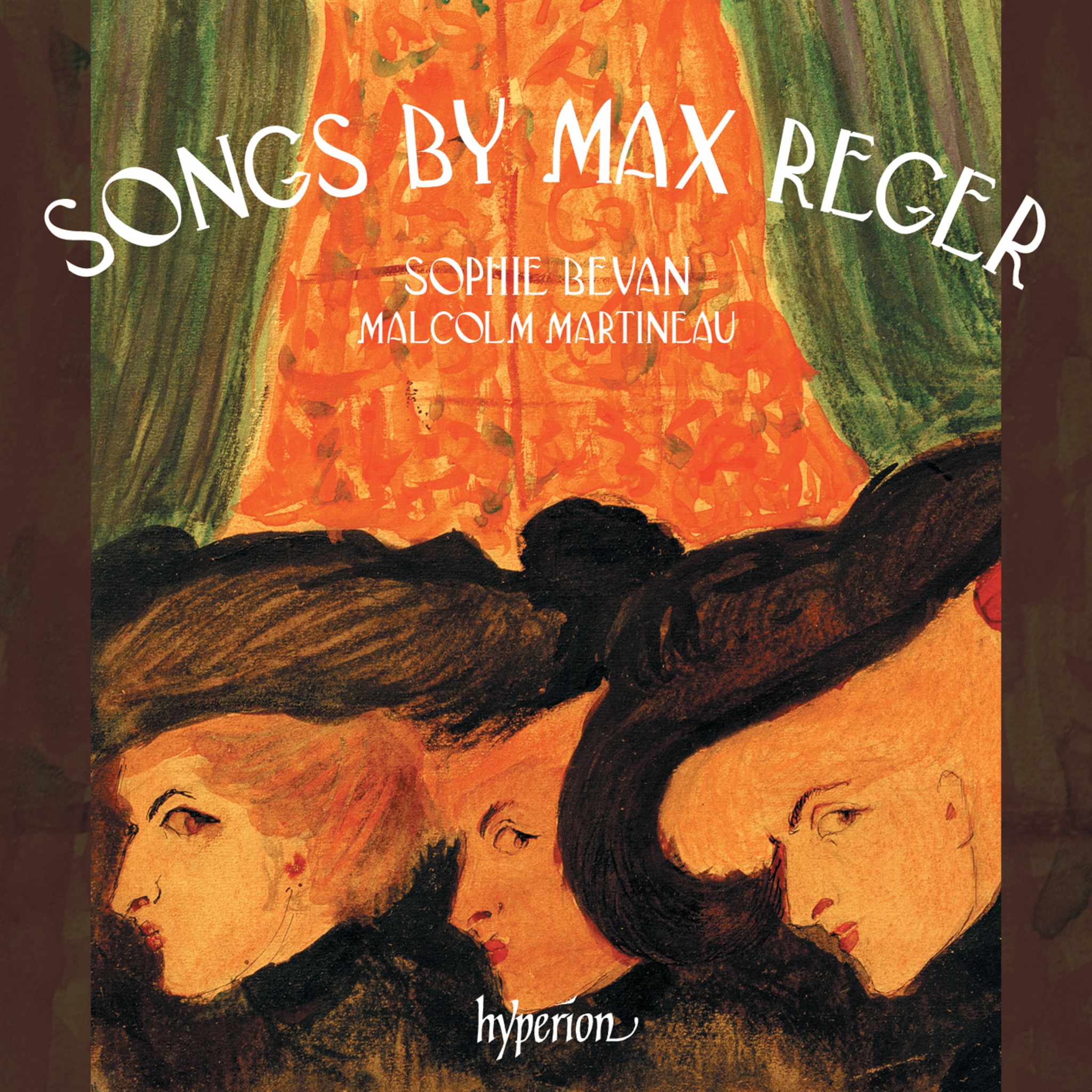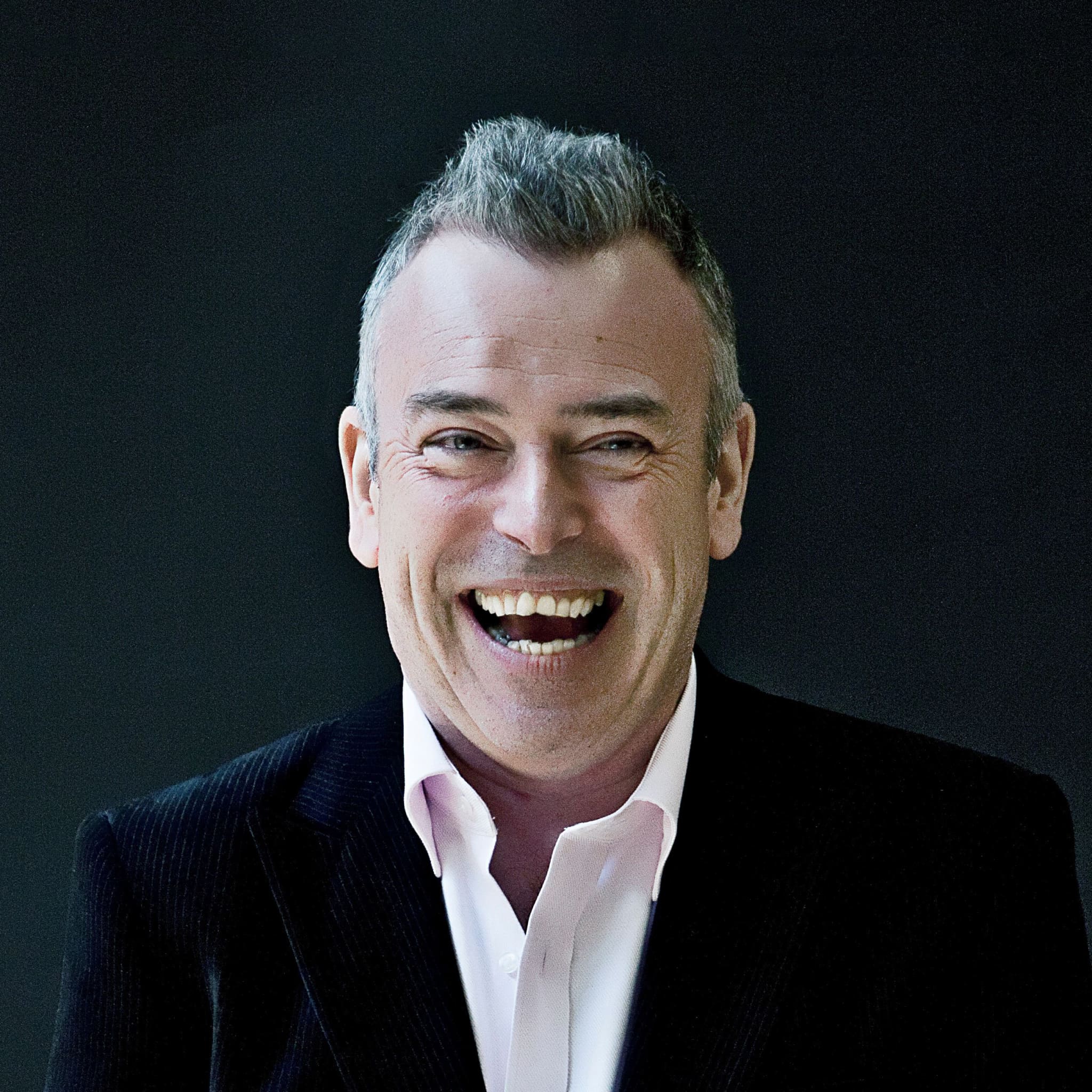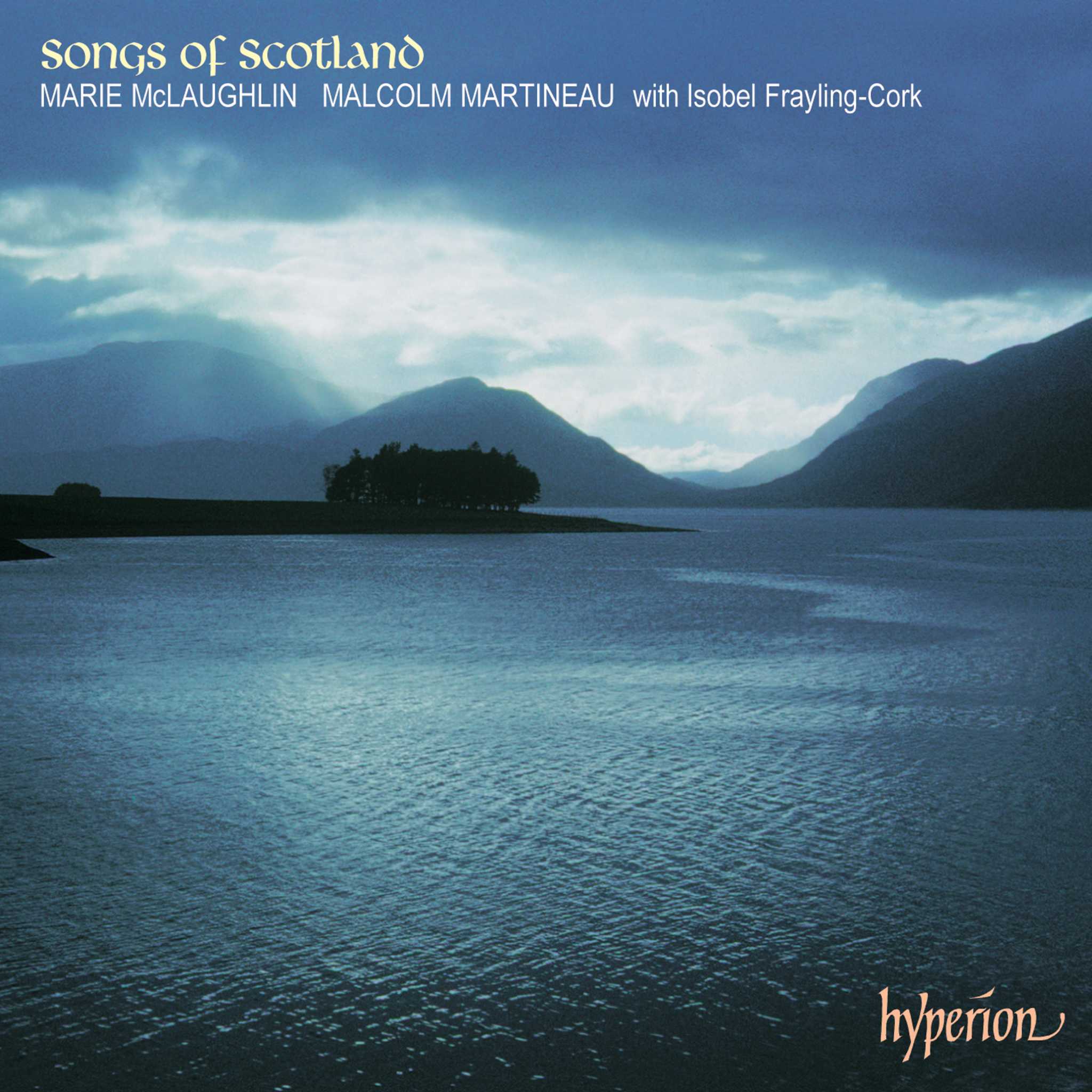Album insights
In his diary entry during a vacation in Florence on October 10, 1896, Strauss jotted down his initial idea for an orchestral piece, Don Quixote - "crazy, free variations on a chivalrous theme." Over the ensuing months, he conducted several operas in Munich, prepared the first performance of Also sprach Zarathustra, led concerts featuring his own works in Germany, Spain, Holland, France, Belgium, and England, and composed the melodrama Enoch Arden. By April 1897, he wrote: "Symphonic poem Hero and World is beginning to take shape; as a satyr play - Don Quixote." He always insisted that Ein Heldenleben (as Hero and World would eventually be called) and Don Quixote complemented each other. The two works illustrate different aspects of "heroism," one in a fantastic and the other in an ironic manner.
Strauss composed the conclusion of Don Quixote (in his own words: "Don Q. recovers from madness. Death and closure, trembling seizes him, death approaches, final swift battle, concluding on an A pedal. Remembering.") before finalizing all preceding variations. He shared with his wife Pauline that the piece had become "quite tricky" and elicited "many sighs" from him, "though not as many as the critics will later have when they listen to it." He meticulously noted the completion of the entire work: at 11:42 a.m. on December 29, 1897. The premiere was performed on March 8, 1898, by the Gürzenich Orchestra under the direction of Franz Wüllner in Cologne. Strauss' choice of the variation form was an inspired solution to give symphonic unity to the adventures of Quixote and his servant, Sancho Panza. "The battle of a theme against nothingness," described Strauss of his work, adding that he had taken the variation form to the extreme and parodied it in a tragicomic manner. Nevertheless, with his inventiveness, orchestration skills, quality of melodic invention, and poetic vision, he had reached a level that he could hardly surpass. The work also serves as a sort of Sinfonia concertante for cello, viola, and orchestra. Although Strauss intended for the solo parts to be taken on by the orchestra's sectional leaders, international virtuosos soon incorporated the cello part into their repertoire. The cello (and cellos) represent Don Quixote, while the viola stands for Sancho Panza, with occasional role-sharing by the solo violin for the cello and the tenor tuba and bass clarinet for the viola.
Introduction and Theme: Don Quixote is scored for a large orchestra including six horns, two tubas, and a wind machine. The long and elaborate introduction depicts Don Quixote at home with his chivalric romances. As he reads, he loses his mind, increasingly haunted by his own idea of chivalry; the harmonies become dissonant and chromatic. Three themes represent different aspects of Quixote: the first (woodwinds) is gallant, the second (violins) polite, and the third (oboe) a romantic idealization of a woman, ultimately taking the form of Dulcinea of Toboso. The entry of the solo cello represents Quixote as the "knight of the woeful countenance" (in D minor), while we meet his talkative squire, Sancho Panza, with themes in the bass clarinet, tuba, and solo viola (in F major). Quixote and Sancho ride into their adventures as the Dulcinea theme flutters above them in the strings like a pennant. Following are brief descriptions of the variations (their adventures), along with Strauss' titles.
Variation 1: "The Adventure with the Windmills." They encounter giants that are actually windmills. Quixote attacks them and falls from his horse.
Variation 2: Strauss's full title is "Victorious Battle against the Army of the Great Emperor Alifanfaron (Battle with the Flock of Sheep)." Three solo cellos in unison represent Quixote's resolve to defeat an imperial army. However, the "enemy" is actually a herd of sheep. In this famous passage of flutter-tonguing by the woodwinds and brass playing small seconds, Strauss not only imitates the sheep but also highlights Quixote's hallucination. A shepherd plays a theme from Ein Heldenleben.
Variation 3: "Conversations between Knight and Squire." Sancho's demands, questions, and proverbs, Quixote's instructions, reassurances, and promises - this sums it up. Quixote appears here as the solo violin, annoyed by the viola's platitudes. The rest of this variation is a lovely rhapsody in F-sharp major of the Dulcinea theme; here, we witness Strauss in the most passionately romantic mood.
Variation 4: "Unfortunate Adventure with the Procession of Penitents." Convinced that the penitents are kidnapping a maiden (they are actually carrying an image of the Virgin Mary), Quixote attacks them and is knocked unconscious. Sancho mourns him loudly, reviving him, after which Sancho falls asleep and snores.
Variation 5: "Don Quixote's Vigil. Outpourings from Afar to Dulcinea." While Quixote keeps watch, he reflects on chivalry. This enchanting variation is mostly played by the solo cello, orchestral cellos, and harp.
Variation 6: "The Enchanted Dulcinea." Encounter with a farm girl (bucolic oboe theme in thirds), whom Sancho claims to be Dulcinea bewitched by a sorcerer. Mistakenly identifying three farm girls on donkeys as Dulcinea and her attendants, Quixote's elaborate courtesy frightens the girl, causing her to disappear.
Variation 7: "Ride through the Air." Quixote, blindfolded, sits on a toy horse, imagining he flies to rescue a damsel in distress. This flight is portrayed through a fragmented version of Quixote's gallant theme accompanied by the wind machine, harp glissandi, and flutes played with flutter tongue. However, a sustained, pedal D reveals that he has not actually left the ground.
Variation 8: "Unfortunate Voyage on the Enchanted Boat (Barcarole)." The travelers find a boat by a river and embark on an uncertain adventure. They sink at a weir and are rescued. Water drips from them in pizzicato as they offer a prayer of thanks.
Variation 9: "Combat against Alleged Enchanters, Two Priests on Their Mules." A lively Quixote encounters two small priests (unaccompanied bassoons). He believes they are abductors, shadows them (pizzicato in the lower strings), and drives them away.
Variation 10: "Duel with the Knight of the Bright Moon." Don Quixote is struck down, decides to abandon fighting, contemplates becoming a shepherd, and returns home. A Strauss-like battle scene from Ein Heldenleben ensues, with cello against the woodwinds and brass. The duel is arranged by a well-meaning neighbor of Quixote, hoping to bring back his sanity, a tactic that works after a defeat. Quixote returns defeated, underscored by emphatic timpani blows. The bucolic theme from Variation 2 resurfaces, and Quixote's delusions fade as the murky harmonies dissolve into a sequence of dominant chords.
Final: "Don Quixote's Death." He is once again clear-headed, spending his final days lost in thought. Quixote's gallant theme transitions into a touching, gentle melody. Memories of the past return in a prolonged cello threnody, leading to a drifting off into eternity. Quixote's second theme tenderly lowers the curtain.
Till Eulenspiegel was (likely) born in the early 14th century in Braunschweig and died not by hanging, as Strauss depicts, but due to the plague. Rebelling against authority, his disrespectful escapades, surely exaggerated, became part of European folklore. Although Strauss had considered an Eulenspiegel opera, he initially wrote a short orchestral masterpiece, which remains among his most popular works. Created in 1894–95, it premiered in November 1895 under Franz Wüllner with the Gürzenich Orchestra in Cologne. Strauss labeled the work a rondo, a free adaptation of the classical A-B-A-C-A rondo form. Two themes or theme fragments represent Till Eulenspiegel. The first appears in the strings at the calm start, which Strauss later described as, "Once upon a time there was a prankster." Following is a horn phrase (one of the most famous solo passages in the instrument's repertoire), symbolizing "named Till Eulenspiegel," according to Strauss. These motifs govern the entire work, with the second culminating in a climax revealing Till's true nature, as he twists a long nose on the shrill D clarinet. "He was a mischievous rogue," wrote Strauss.
After this exposition, a section devoid of specific events emerges where Strauss plays with the themes, demonstrating outstanding, subtle humor and finesse—qualities not widespread in German music of the time. The first episode







